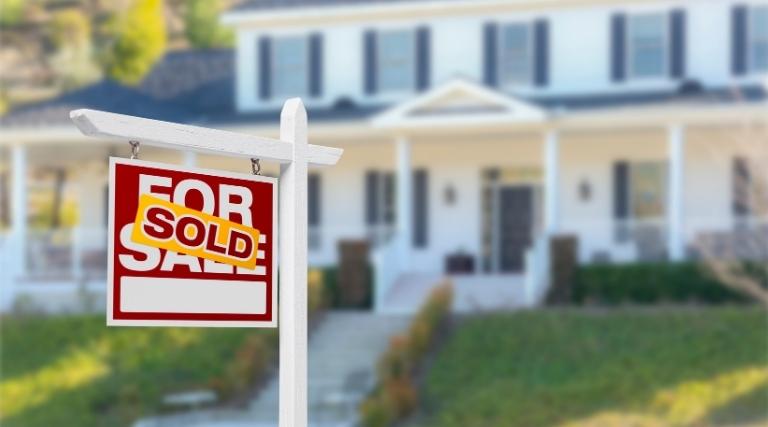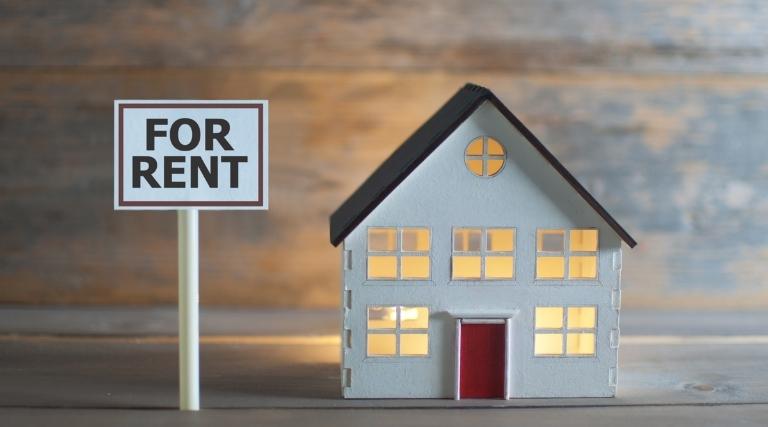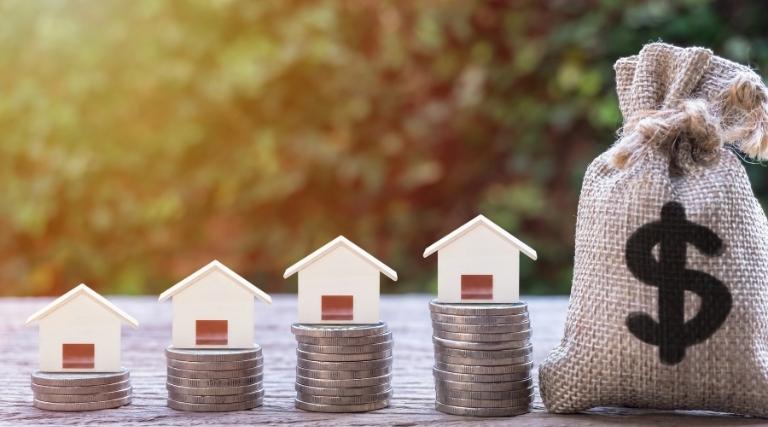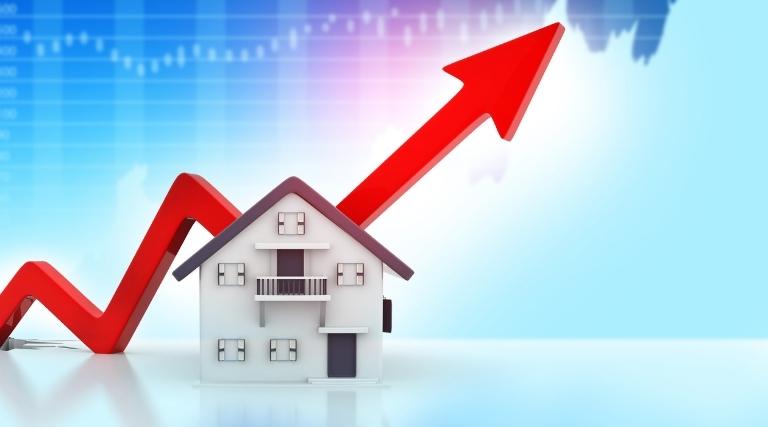As per my experience and analysis, young age is an excellent time to start property investing for a variety of reasons. First, buying a property allows you to accumulate a sizeable amount of equity in around 10 years (or fewer). If you purchase your first home while still in your 20s, for instance, you will be young enough in ten years to start a career in real estate investment. You may start by using your equity to purchase more homes.
Additionally, you have time to test out several investment strategies to see which one suits you the best. Additionally, it has observed by me that before having a family, people tend to be more adaptable, which creates greater opportunity. Moving to a place where house ownership is more advantageous or renting out your home becomes more challenging once a person has children.
Despite this, there are challenges that young people must overcome, most of which involve funding a transaction for wealth creation. There are remedies available for this issue, which is particularly problematic for young people with student loan debt whose debt-to-income ratio is too high for the majority of conventional mortgages.
Choose A Real Estate Investing Strategy
House hacking, house flipping, a buy-and-hold investing financial strategy, renting out a home, and investing in real estate investment trusts (REITs) are popular options for young individuals to begin investing in real estate.
Dwelling Hacking

In the case of a duplex, triplex, or quadplex, house hacking entails property investment and renting out individual units while residing in the other units. The goal is to have your mortgage paid for by others.
Property Flipping

A fixer-upper home, such as a foreclosed property, is purchased, fixed up, and then sold for a profit in a house flip. The more typical real estate investment strategy is house flipping, which involves more thorough due diligence, a credit check, and capital than other strategies.
Comparatively speaking to other physical kinds of real estate investing, this type offers a lower entry hurdle. For the majority of young people, property investment is more feasible when they buy a fixer-upper rather than a newly constructed home. However, this entails a lot of labour and could result in significant additional costs that are sometimes unanticipated. Although there may be beneficial returns on investment, there may also be significant hazards.
Buy-And-Hold
Similar to house flipping, but without necessarily requiring property repairs, is the buy-and-hold method. Real estate buyers purchase at a discount and keep it until the local price of real estate increases, at which point they sell it for a profit.
Renting A Place

The buy-and-hold approach is frequently combined with renting property. You can make money as a landlord while you wait for the market to support a sale. If your objective is to rent out real estate, you never have to sell, but you can.
The Benefits Of Real Estate Investment When You’re Young
Young people should start investing in real estate because it has many benefits. I have compiled some advantages as per my experience, among that one is that it enables long-term investing and enables your investment to increase and appreciate.
Young people have more freedom in life, fewer responsibilities, and are more willing to take financial strategy chances. You could be generating less money, but you probably have fewer financial obligations. If you put off learning about and investing in real estate for too long, family, work, and everyday life will make it difficult. Aspiring investors should keep in mind to test out various tactics and property kinds that may become less appealing as they get older and to utilise their age as an advantage.
NFT Real Estate Property
NFTs function the same as any other NFT. They are bought with the seller’s preferred cryptocurrency, kept in a digital wallet, and then sold to a buyer with sufficient funds for a bigger profit in wealth creation.
NFTs are fairly new and risky, but they can generate a greater rate of return with the right tactics and skills. Starting young will enable you to assume the risk associated with this form of investing without long-term harm to your financial portfolio.
For young people who wish to avoid investing in tangible real estate, this is a fantastic solution.
Real Estate Investment

A property investment is a home you own solely to earn rental income or, possibly, a profit when you sell it. Normally, you wouldn’t live in an investment property full-time. The more cost-effective choice is to form a partnership if you are unable to buy the home by yourself.
A great financial strategy to invest in real estate, accumulate wealth, and generate passive income is to own rental properties. The combination of income and equity growth results in a high potential rate of return. It’s also critical to keep in mind as per my investment advice that, unless you engage a rental manager, owning an investment property may need more work, upkeep, and expenses that are unanticipated and occasionally inconvenient. You are responsible for being ready to fix and pay for any unexpected appliance or other domestic plumbing failures that may occur.
REITs Are Trusts That Invest in Real Estate
Specialized businesses are known as REITs hold, manage, and generate the majority of their income from real estate assets. Since the majority of REITs are traded on stock exchanges, you can purchase them entirely online and with very little money.
For young investors who desire portfolio exposure to real estate without a conventional real estate transaction, a real estate investment trust (REIT) is the best option. REITs do have certain disadvantages, notwithstanding the benefits. Along with the significant chance of losing your cash and the lack of control over the asset you are purchasing.
Platforms For Real Estate Online
Joining others in investing in a larger group of commercial or residential properties is made possible by real estate investing platforms. The entire investment process may be done online, and you have access to a dashboard to monitor your portfolio. This is a fantastic alternative for young individuals who don’t want to invest in physical real estate because it gives them the chance to learn about investing while also producing passive income by yielding interest.
Many of these platforms have strict requirements for qualified investors’ income and net worth, though, which could be another deterrent for young people. While many companies have opened up access to these platforms to people who don’t fit these requirements and allow real estate buyers to start with just $500.
Real Estate Investing Without Effort

A young investor has a variety of passive real estate investing possibilities in addition to purchasing a home. These are particularly appealing because many of them have higher financial requirements than outright property purchases. Mortgage securities, real estate funds, and other options can give you returns fast and easily. Once more, being able to hold investments for a long time can be beneficial to you. You can also do property development holdings as you make more money. This can be a terrific method to put money down now for a future down payment or to create a second source of income outside of any existing investments you may have.
Increase Portfolio Diversity

Young investors should include commercial, retail, and residential real estate in their portfolios to diversify their holdings. Residential properties typically outperform commercial real estate investments in terms of returns. The investment is shielded from market swings and the risks are distributed across a varied portfolio.
Final Thoughts
Real estate investing requires patience, adaptability, and ambition to be successful, especially when starting early. The earlier you begin, the simpler it will be, and the better your financial situation will be in the long run.
Connect Invest provides crowdsourcing in the form of brief notes if you think investing in real estate online would be a suitable fit for you. With investment maturities ranging from 6 to 24 months, our short note investments have a $500 minimum investment requirement and give you a clear exit date. With this kind of investment, you can make a single investment that will generate income on a portion of real estate loans used to finance multiple real estate projects.
